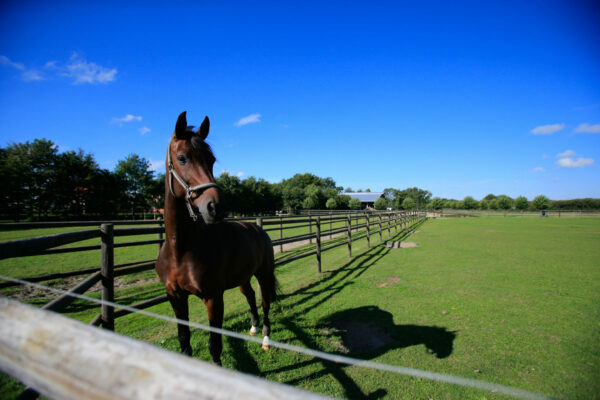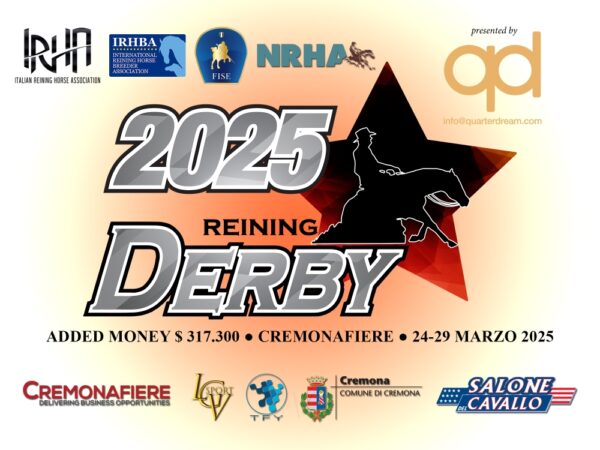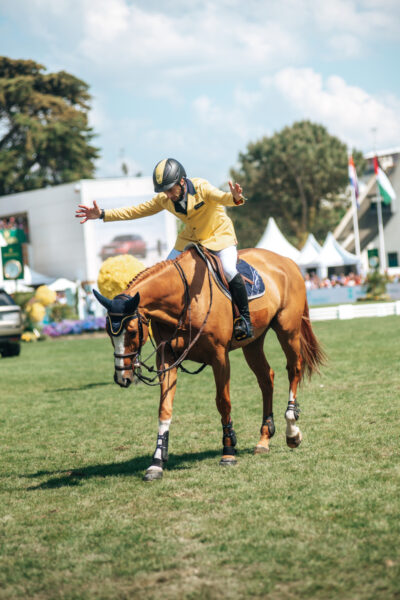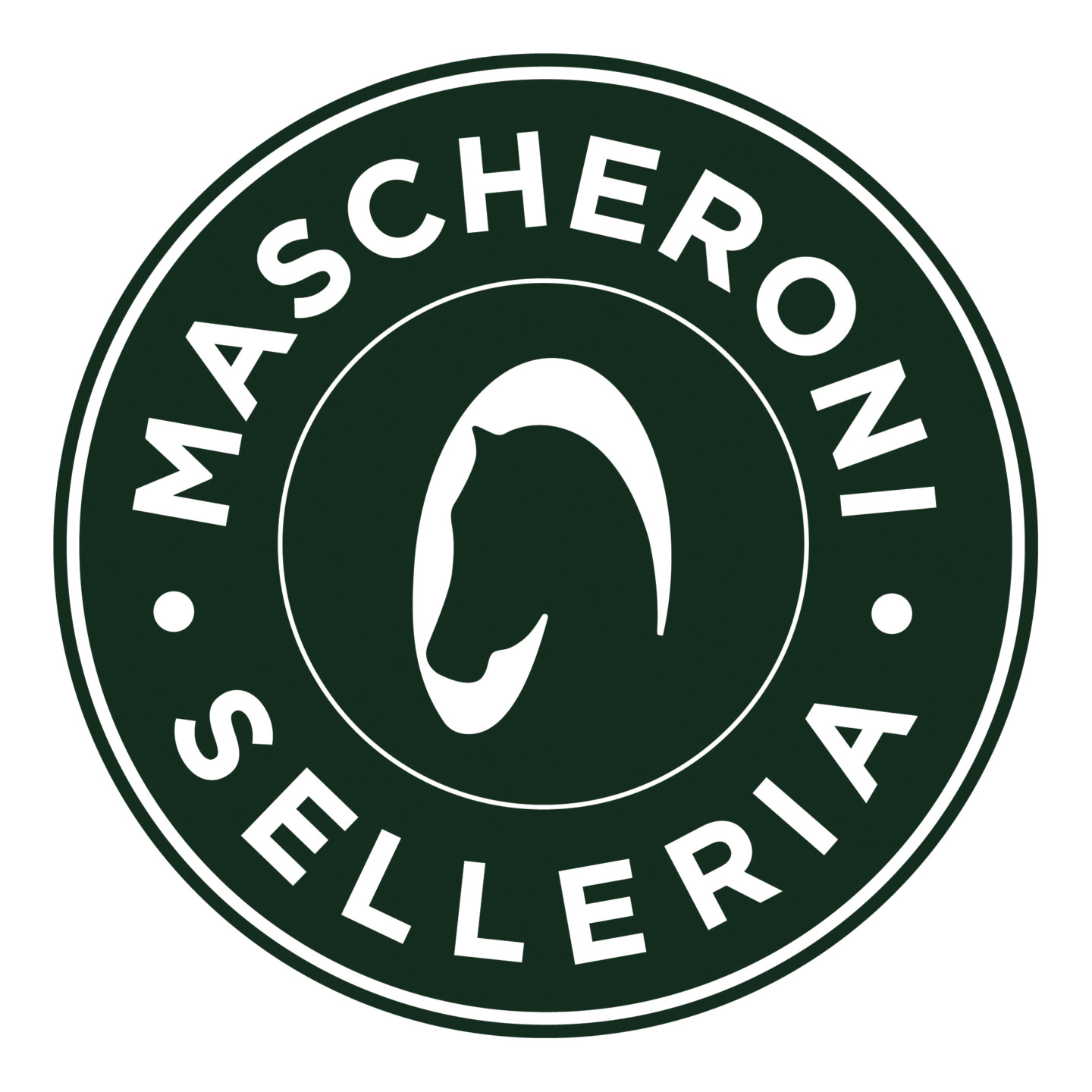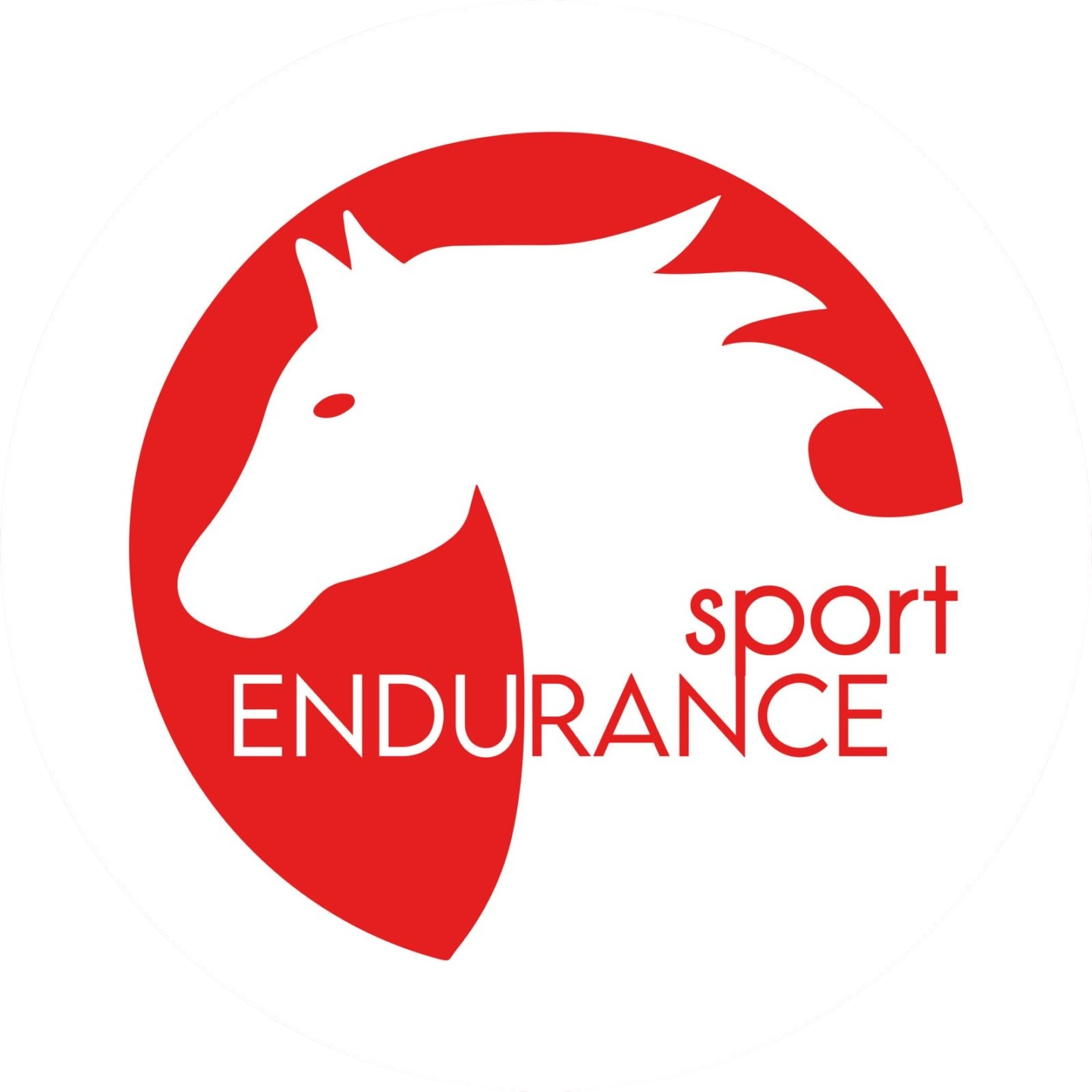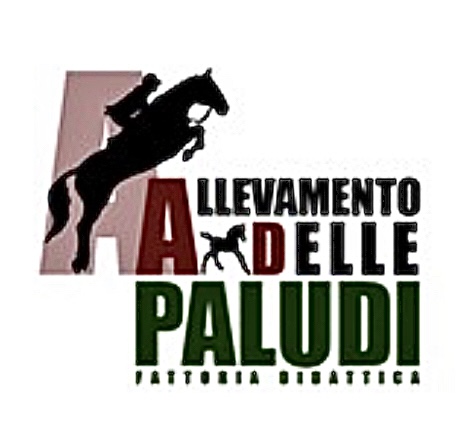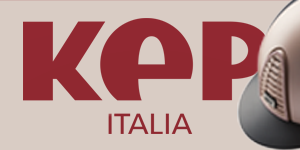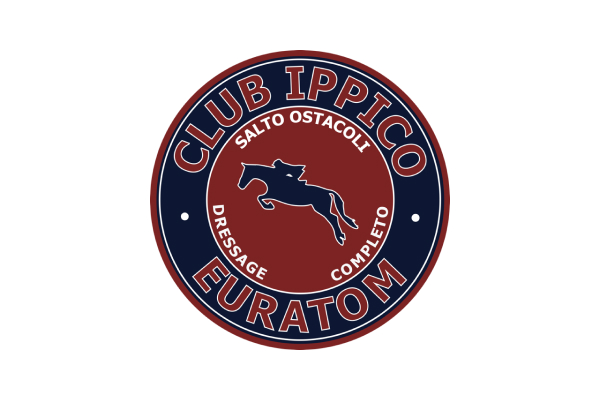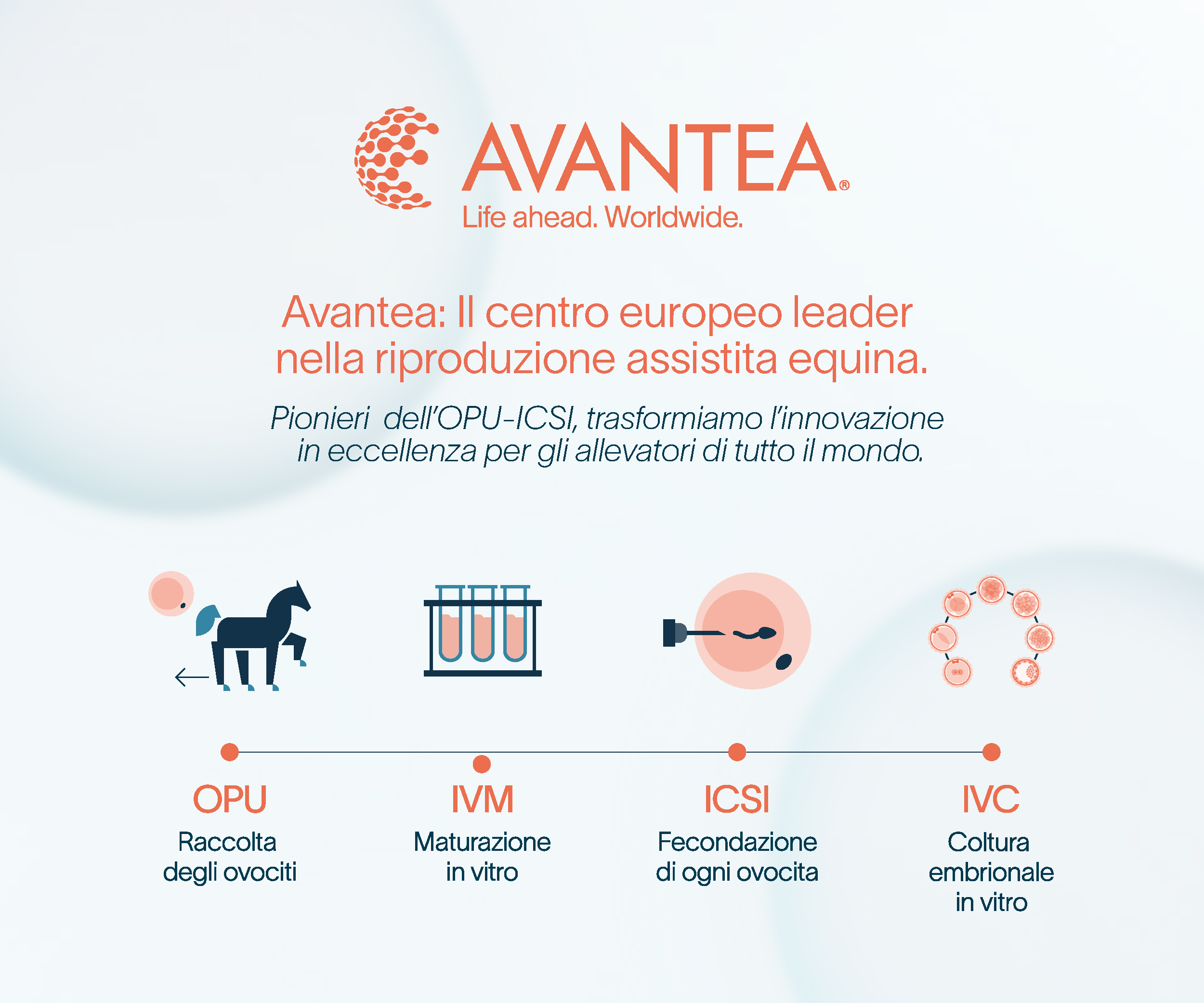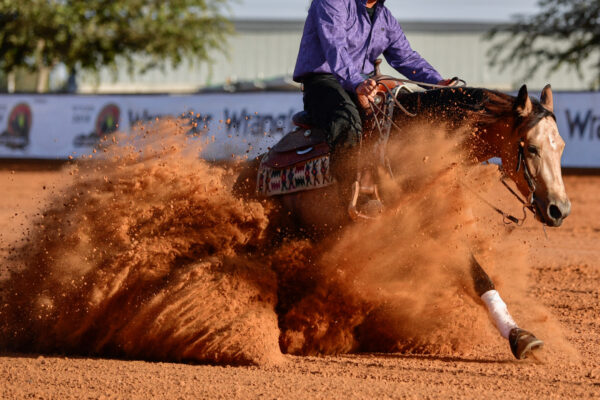
Ettore Baldazzi: “Reining is an invisible dance between horse and rider”
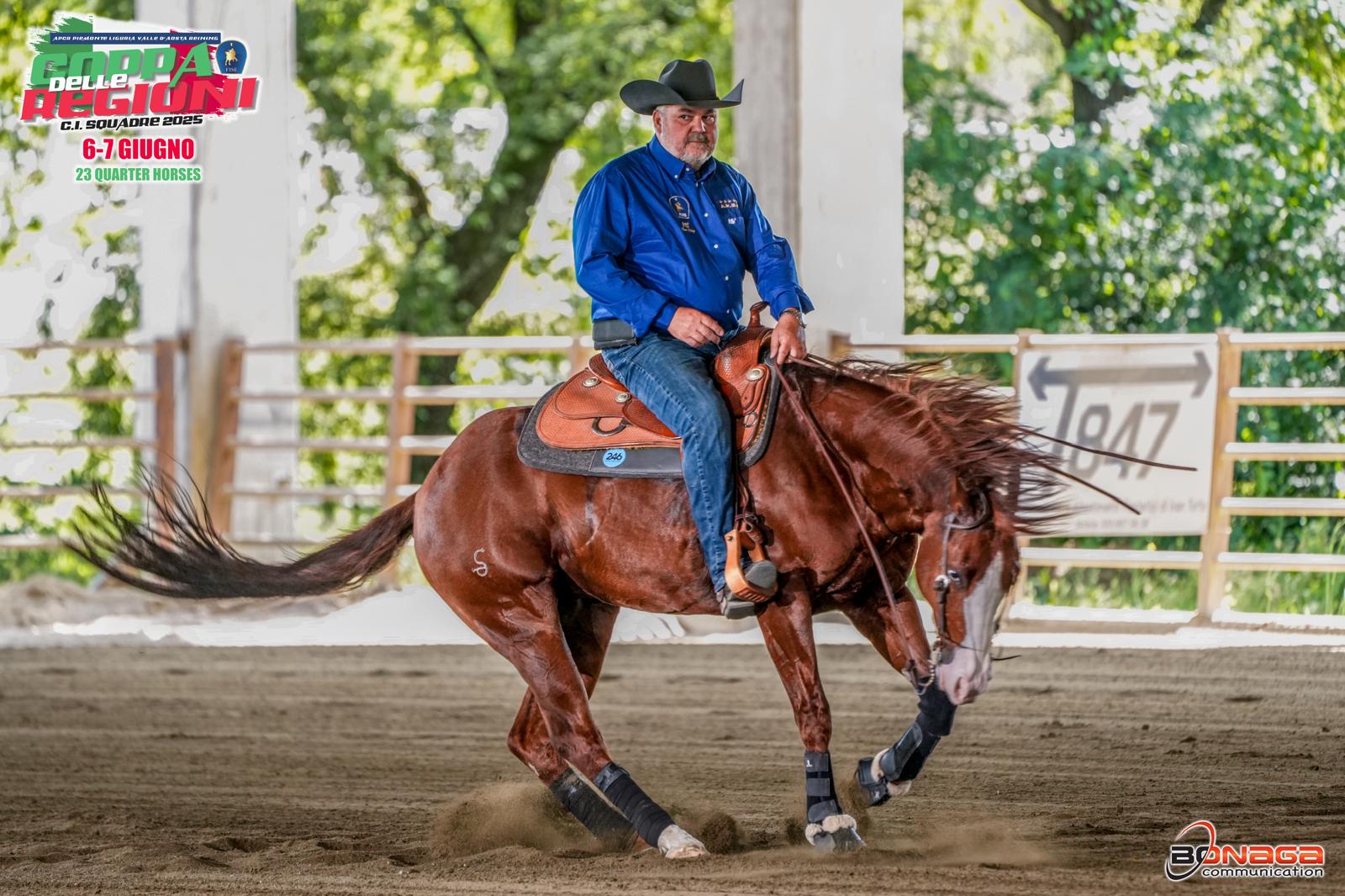
A life at full gallop between tractors, arenas, and international competitions
Ettore Baldazzi is the embodiment of someone who has turned passion into a lifestyle. Rider, trainer, entrepreneur, and father of two young equestrians — Alice, who competes in reining, and Elisa, a show jumping athlete — he is a multifaceted figure in the Italian equestrian world. In this interview, he shares what drew him to a discipline as technical as it is captivating: reining.
“My days are hectic. I get off a tractor and into the saddle, then off to the office — and maybe in the evening I study a new dinner menu for the riding center. But I manage, because I love it.”
From gymkhanas to reining: a passion that evolved
Ettore’s path began in a wide range of disciplines: Palio races, endurance, show jumping, gymkhanas, medieval games, team penning. But it was reining that truly captured his heart.
“I used to watch reining from afar and compare it to dressage — technical, rigid, complex. But that complexity is exactly what fascinated me. I threw myself into it.”
A discipline where every movement is precise, and the horse seems to read the rider’s mind.
Show jumping and reining: two worlds apart, yet united by love for the horse
Baldazzi knows both worlds well, also thanks to his daughters’ involvement in different disciplines. And he immediately highlights how different they are.
“It’s like comparing cross-country skiing to giant slalom. Same snow and skis, but a completely different approach.”
From equipment to mentality, everything changes:
“In show jumping, every rider has a tidy trunk full of gear and high-tech vans. In reining, they use bags and lighter, more agile transport vehicles. But the care for the horse is the same — everyone treats their horse like their own child.”
Technique and lightness: the subtle art of reining contact
One of the most striking differences lies in the bits and rein contact.
“In reining, we use long-shank leverage bits, but the goal in the show pen is to ride with loose reins. The rein should form a belly — you shouldn’t touch the horse’s mouth unless it’s a subtle correction with three fingers.”
“In contrast, in English riding, even with milder bits, I often see much heavier rein contact.”
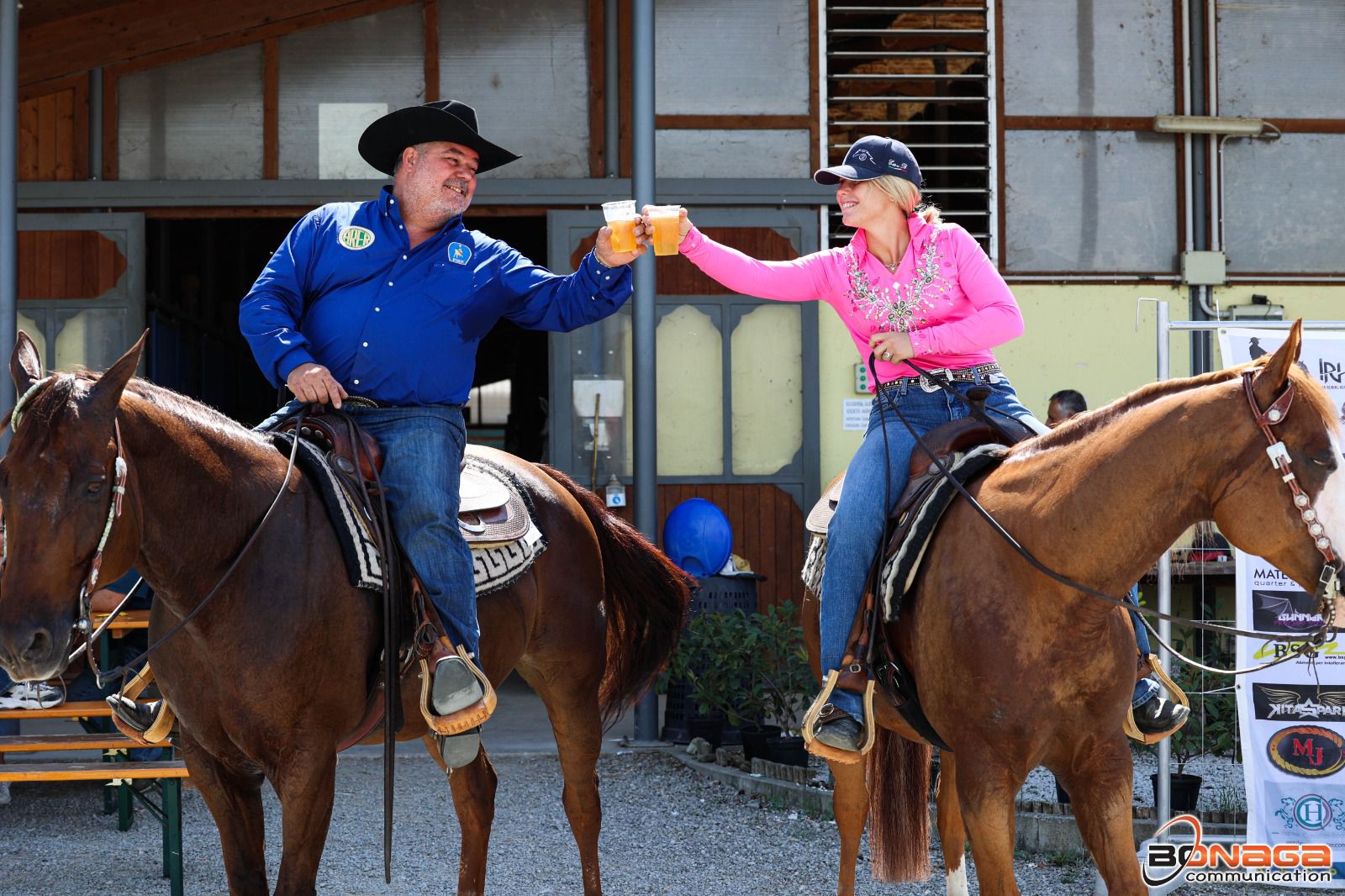
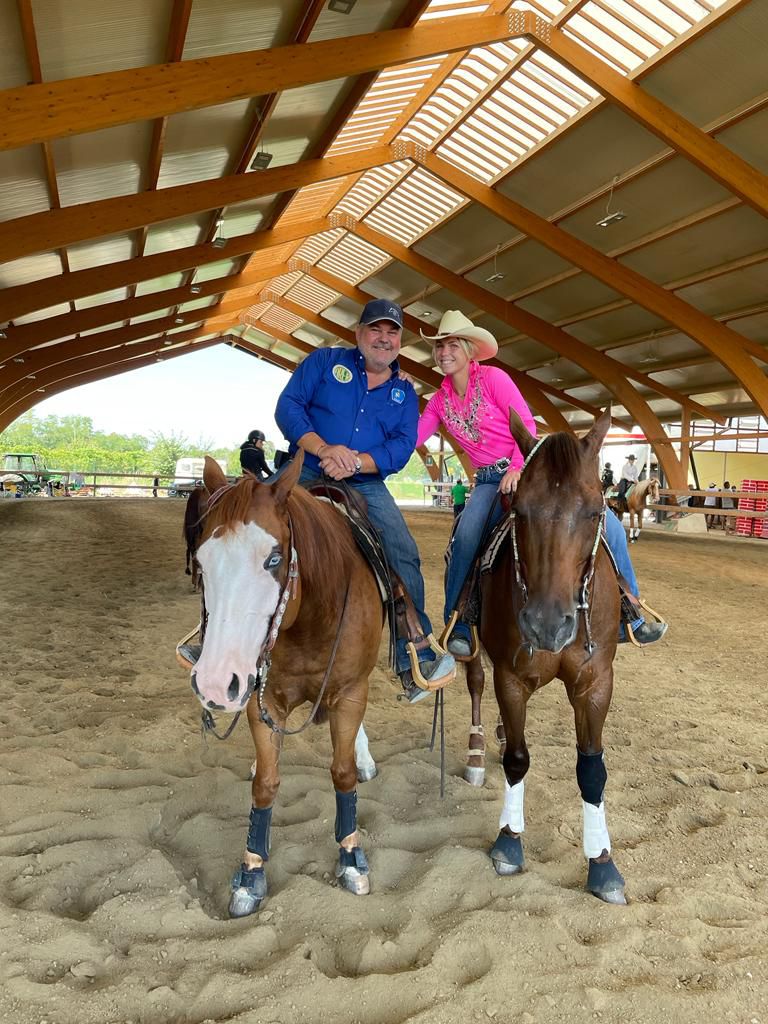
Passing on the message: gentle hands above all
“What I try to pass on to both Alice and Elisa is one key value: delicacy. In every discipline. Technique comes after.”
He points out a technical detail often overlooked in jumping:
“When I see disunited horses at the canter — front legs going left, hindquarters going right — many riders don’t even notice. They focus only on the jump. But for me, flatwork should be 70% of the training.”
Reining’s beauty — and its complexity for newcomers
“When my mother came to see Elisa jumping, she immediately understood what was going on: bars fall, time is measured. But watching Alice in a reining pattern, it’s harder for an outsider. A run might look flawless, but if the horse anticipates a lead change or cuts a circle too tight, you lose half a point — and the spectator doesn’t notice.”
The future of reining: beautiful but more demanding for young riders
“Reining is harder to get into than jumping. In show jumping, kids can start with small fences and well-trained school horses. In reining, every maneuver leaves an impression on the horse. If you overdo it, the horse starts anticipating — and in competition, anticipation ruins your score.”
This makes reining more technical to teach and harder to explain — even to friends and family who come watch.
Are some maneuvers harder? it depends on the horse
“There’s no such thing as the hardest maneuver. It all depends on the horse. I’ve ridden horses that wouldn’t spin with anyone, but did with me — maybe because I was softer, more fluid. Others I couldn’t get to stop properly, but another rider could. It’s about chemistry and technique.”
“Everything is easy, and everything is difficult. You need tons of preparation to present a horse well in the pen. And as in any sport, it takes dedication, consistency, and sacrifice to do it right.”
International experience and the joy of wearing the azzurri colors
“Alice competed in the World Cup in 2023 — a huge accomplishment. Elisa also stood out in show jumping, coming very close to being selected for the Nations Cup.”
Until recently, Ettore was the only one in the family who hadn’t officially represented Italy in an international competition.
“I’d come close, but was left out by a hair. Not due to a lack of skill, but because of selection choices.”
Now, the call has finally arrived:
“This year, I was selected to represent Italy. It’s an incredible feeling — the reward for years of quiet, consistent work.”
“Go Italy!”
Ph Bonaga Communication | Interview by Valentina Sozzi
© Rights Reserved.




.png)

